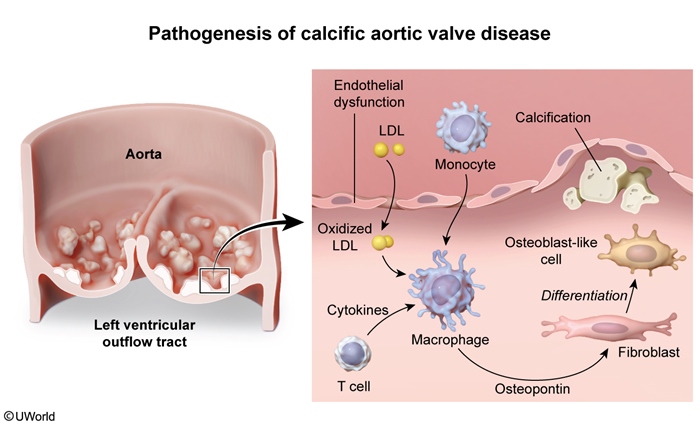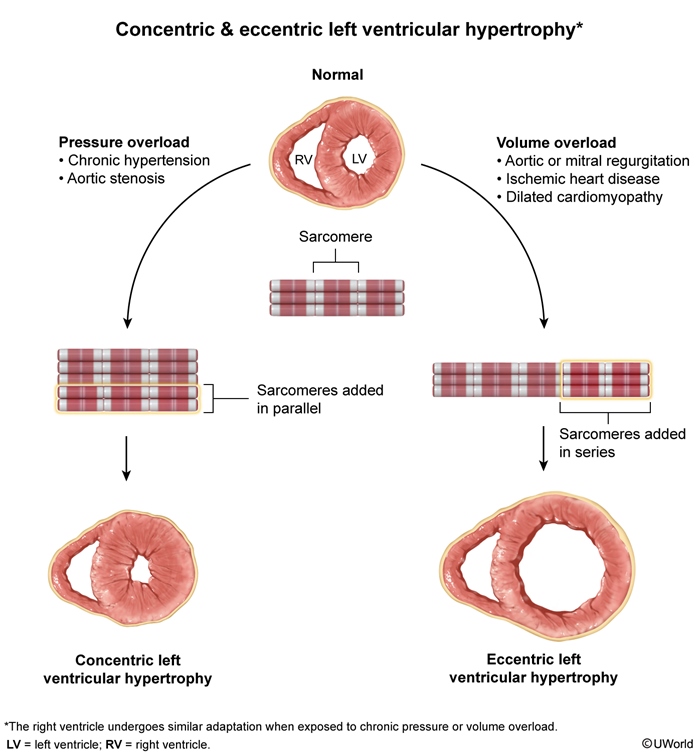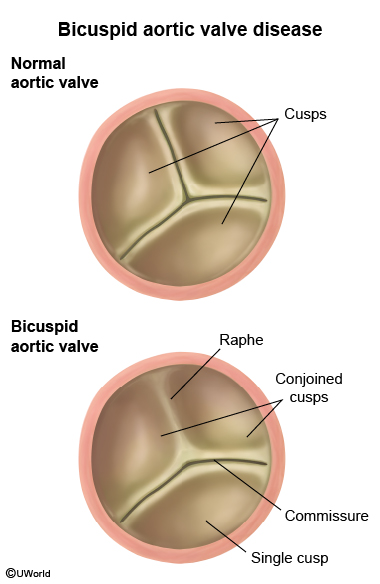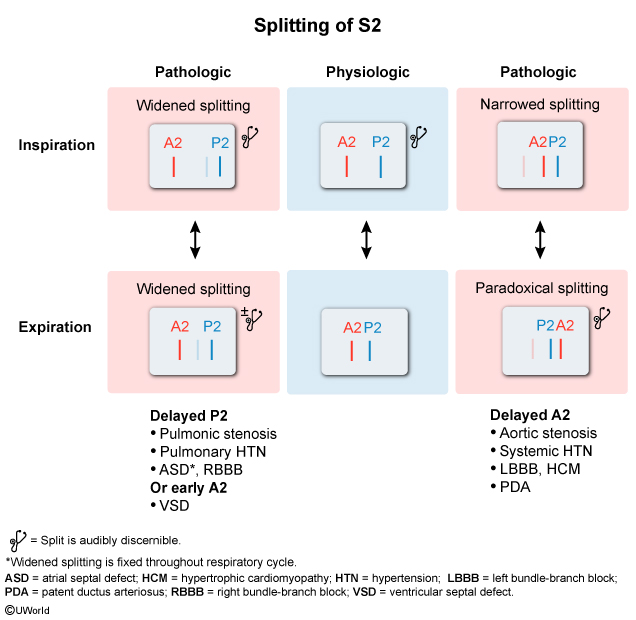Valve Disorders: Aortic Stenosis
Article Sections
Introduction
Aortic stenosis (AS) is a valvular heart disease that involves progressive stiffening of the aortic valve leaflets, leading to narrowing of the aortic valve orifice and obstruction of left ventricular outflow. It is usually a disease of aging (degenerative calcific AS), but it can also occur secondary to congenital abnormalities or acquired conditions such as rheumatic heart disease. Severe AS imposes significant hemodynamic burden on the heart, leading to heart failure and ultimately death if left untreated.
Pathophysiology
The pathophysiology of degenerative calcific AS is similar to that of atherosclerosis (Figure 1); lipid deposition and hemodynamic stress over time leads to valvular endothelial injury, inflammation, and fibrotic stiffening with calcification. Valve calcification limits leaflet mobility and restricts valve opening. As valve dysfunction progressively worsens, the left ventricle must generate increased pressure to overcome the stenosis (cardiac afterload increases), and compensatory concentric left ventricular hypertrophy (LVH) develops (
Continue Learning with UWorld
Get the full Valve Disorders: Aortic Stenosis article plus rich visuals, real-world cases, and in-depth insights from medical experts, all available through the UWorld Medical Library.
Figures



